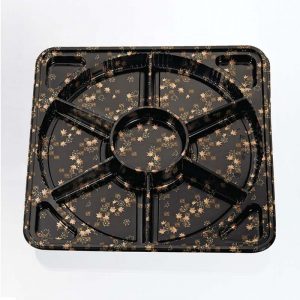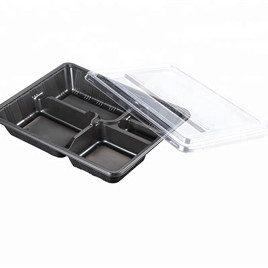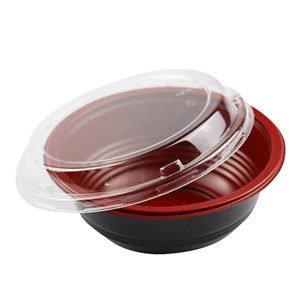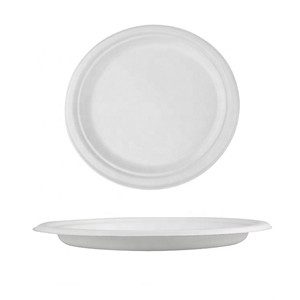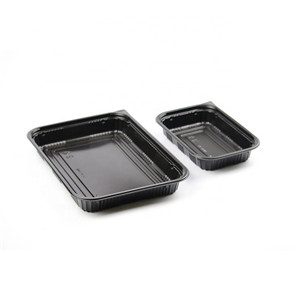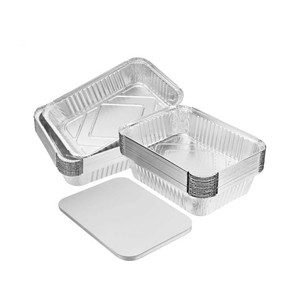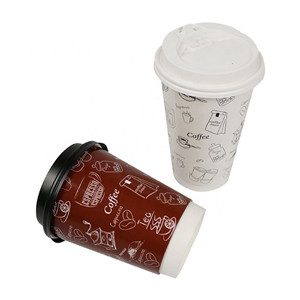Printing quality will be affected by many factors, including printing equipment, printing technology, quality inspection conditions, ink quality, etc. Among them, ink is the main raw material of printed products, and it is also the most important factor affecting printing quality.
1. The performance of the ink itself
The performance of the ink itself is a direct factor that affects the printing quality, and it is also the most important factor. Including properties such as dryness, color saturation, viscosity, etc., will affect printing quality.
Dryness. The dryness of the ink refers to the drying speed of the ink. It has two requirements: the slower the ink drying on the printing plate, the better, and the faster it dries on the printing surface, the better. Fast drying on the printing plate will affect the ink viscosity, rheology and uniformity of printing. If the ink dries slowly on the printed parts, it will affect the production speed or increase the drying cost. It should be said that the ink that dries slowly on the printing plate and dries quickly on the printing material is the ideal drying performance. In addition, the dryness of domestic inks has a great influence on the quality of printing. Due to the incomplete drying of the ink, printing defects and waste products appear, and the dryness is greatly affected by the season and climate. It is really not negligible.
Color saturation. The color saturation affects the color and texture of the packaging. The desired packaging patterns and text are more eye-catching, and the saturation of the ink needs to be increased. If the ink itself is not saturated enough, some packaging manufacturers will choose to increase the amount of ink in order to ensure the printing density. This will easily cause pile-up of ink, which will not only waste ink, but even cause parallel connection of dots and affect product quality.
Viscosity. Viscosity is a property that prevents fluid flow. It is a measure of the ability of fluid molecules to interact with each other to hinder the relative motion between molecules, that is, the resistance to fluid flow. The viscosity of the ink is related to the transfer of the ink during the printing process, and is related to the nature and structure of the paper. If the ink is too viscous, the ink transfer is not easy to be uniform during the printing process, and the paper is roughened, which causes the layout to bloom; if the viscosity is too small, the ink It is easy to emulsify, get dirty, and affect product quality. Therefore, in the gravure production process, the viscosity of the ink must be strictly controlled to ensure the printing effect. The ink viscosity also affects the color difference value of the printed matter, and the hue of the printed matter can also be well controlled by controlling the color difference value.
2. Ink concentration
It can be said that the ink concentration is the coloring power of the ink, and it is one of the important indicators that affect the printing quality. The ink concentration is large, the printing hue is darker, and the ink concentration is small, and the printing hue is lighter. Large-concentration ink consumes relatively less ink in printing, and the ink color quality is better. In addition, the ink is thixotropic, and the ink becomes thinner after being stirred and rubbed. As the printing process progresses, the ink becomes thinner and thinner, and the ink color of the printed product becomes lighter and lighter, which causes the color of the image and text to become lighter. At this time, it should be supplemented. With proper original ink, this problem should be paid attention to when printing.
3. Printing equipment
Printing equipment will affect the effect of ink printing. If the color calibration of the printing press is messy, and there are errors in color and positioning, it will affect the appearance of the printed product and affect the product quality. Therefore, it is recommended that the factory choose high-quality printing equipment, update the equipment in time, and operate in a formal way to ensure that the printing equipment and ink complement each other and provide a guarantee for printing quality.

